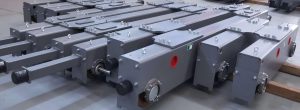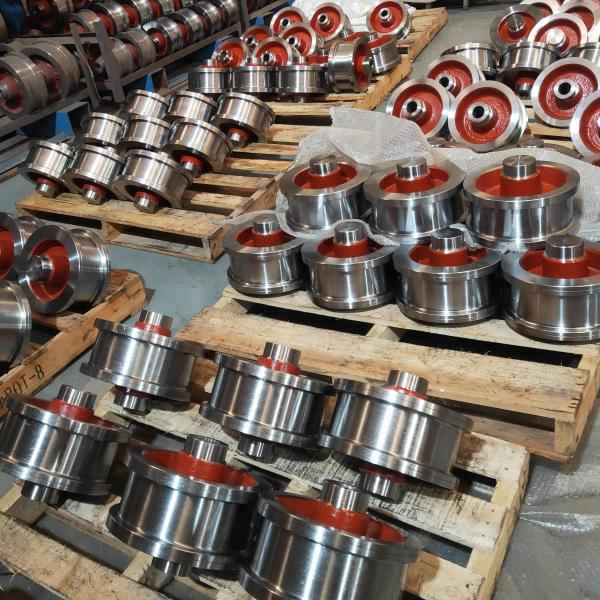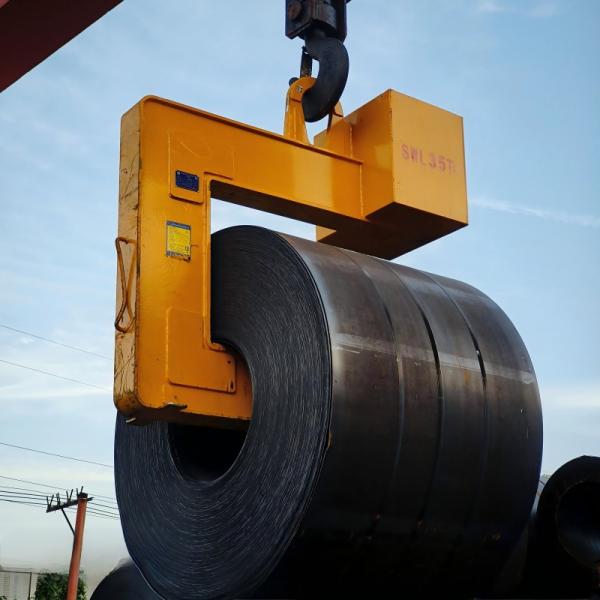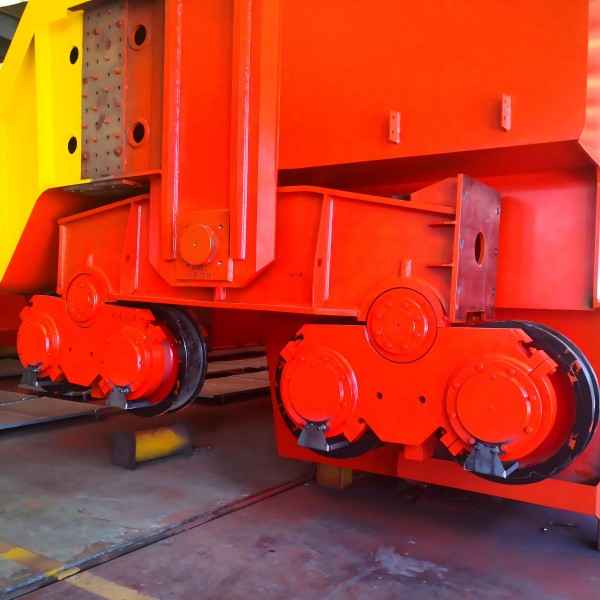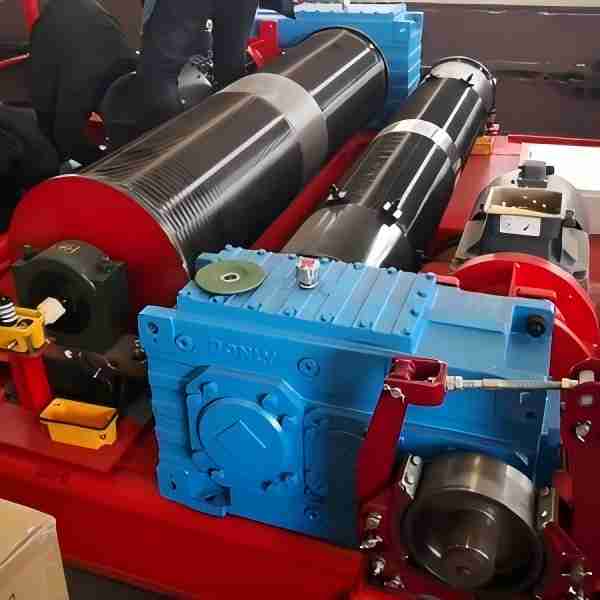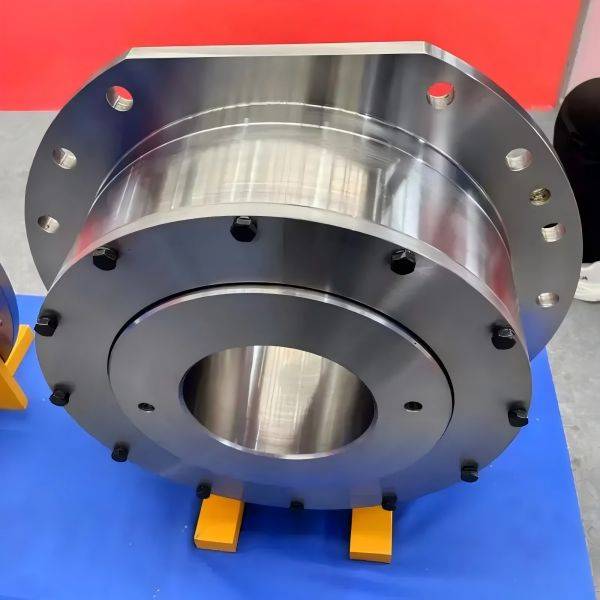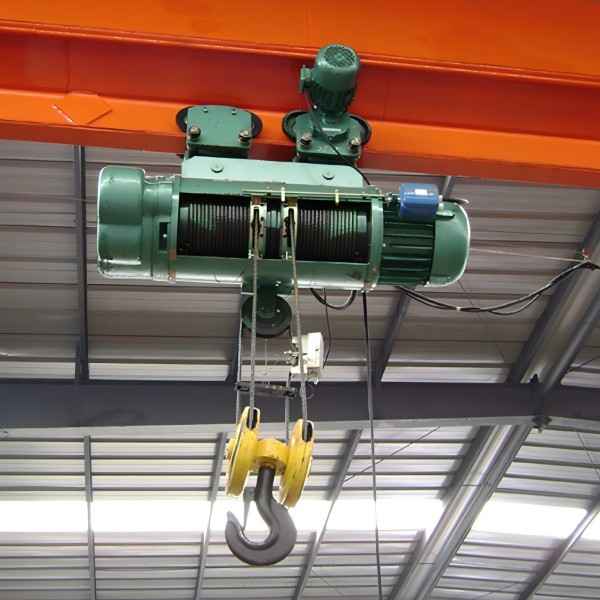The Role of Crane End Carriage in Overhead Cranes
1. What is a Crane End Carriage?
A Crane End Carriage plays a crucial role in overhead cranes. It is positioned at both ends of the main beam and is responsible for supporting the beam while ensuring smooth movement along the track. Typically, manufacturers construct the end carriage from high-strength steel and equip it with essential components such as drive mechanisms, wheels, and buffer devices. These components enable the crane to move smoothly and carry loads efficiently.
2. The Core Functions of a Crane End Carriage in Overhead Cranes
(1) Supporting the Main Beam and Connecting to the Track
First and foremost, the end carriage provides stable support for the crane’s main beam, allowing it to span across both sides of the track. By securing it with high-strength bolts or welding, engineers ensure the rigidity and stability of the entire crane structure.
(2) Providing Driving Power for Horizontal Movement
In addition, the end carriage contains a drive system, including a motor, gearbox, and wheels. The motor generates power, the gearbox regulates speed, and the wheels roll along the track, allowing the crane to move laterally. As a result, the overhead crane can transport materials efficiently in warehouses, workshops, and ports.
(3) Bearing the Weight of the Crane and Its Load
Moreover, the end carriage directly supports the entire crane’s weight along with the load it carries. For this reason, manufacturers design it with high load-bearing capacity to prevent deformation or damage during prolonged operation.
(4) Ensuring Smooth Operation and Reducing Vibrations
To further enhance performance, engineers integrate buffer and limit devices into the end carriage. These features absorb impact forces when the crane reaches the track’s end, minimizing vibrations and improving safety. Furthermore, high-quality wheels and precisely machined tracks reduce friction and noise, making crane operations smoother and more stable.
3. Conclusion
In conclusion, the Crane End Carriage plays a vital role in supporting, driving, bearing loads, and ensuring the stable movement of an overhead crane. Its design and quality directly impact the crane’s efficiency and safety. As industrial technology advances, engineers continue to optimize end carriage designs by using lighter, high-strength materials and incorporating advanced drive systems. Consequently, modern overhead cranes can operate more efficiently and reliably across various industrial applications.


